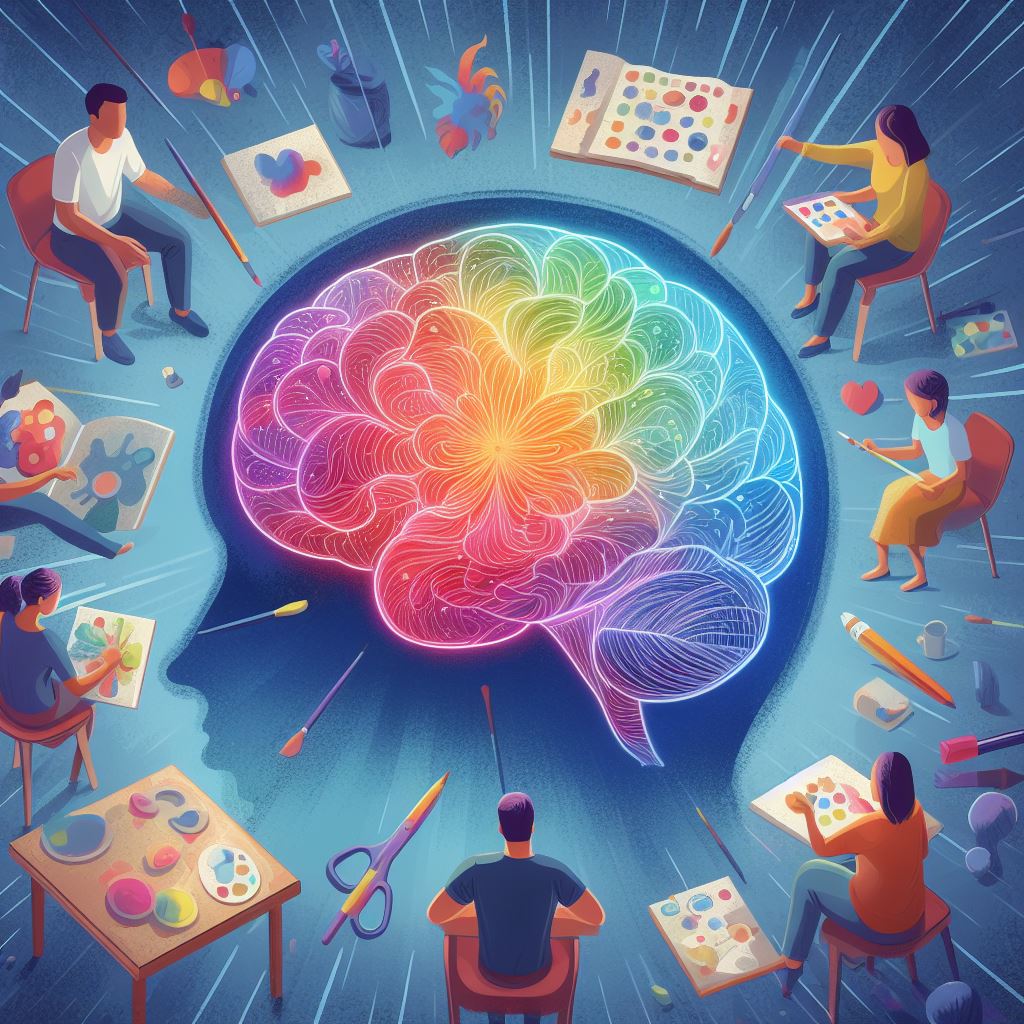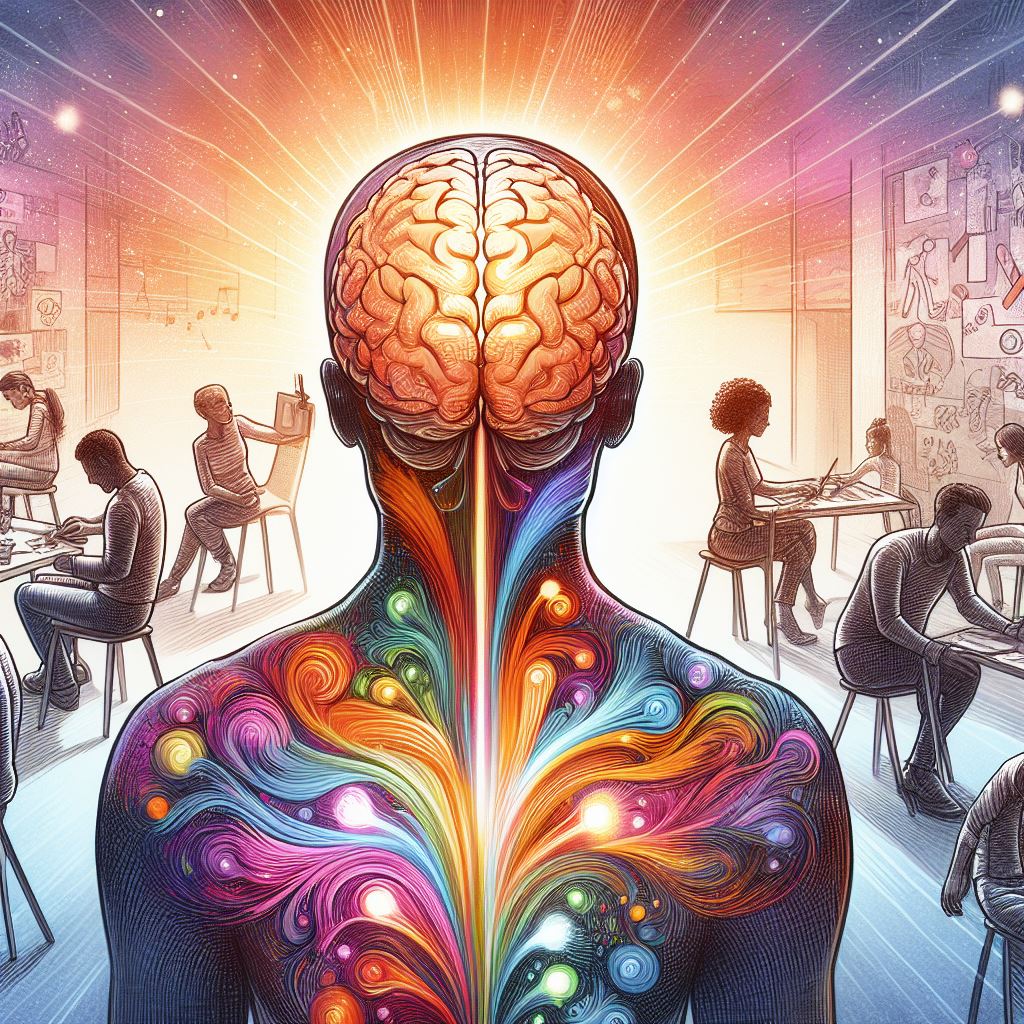
Art Therapy: Exploring Mental Health Through Creativity
Introduction:
Art therapy, often enveloped under the umbrella of "expressive therapy" or "creative therapy," has long since intertwined the worlds of art and psychotherapy. This union seeks to provide individuals with a platform for self-expression, mental healing, and emotional development. This article, rooted in expertise and extensive research, aims to unfurl the intricate tapestry of art therapy and its transformative impact on mental health.
Definition of Art Therapy:
Art therapy can be succinctly defined as an integrative mental health and human services profession that intertwines the creative process of art-making with the theories of psychology to enhance mental wellness. It offers an avenue for self-exploration, understanding, and reconciliation of emotional conflicts, fostering self-awareness, managing behavior and stress, and achieving insight.
History and Evolution of Art Therapy:
Historically, the therapeutic value of art can be traced back to ancient civilizations. Civilizations like the Egyptians used art for therapeutic purposes, expressing their experiences with death, life, and transition.
Modern art therapy's foundations were laid in the 20th century. Professionals in psychiatric settings recognized the expressive and communicative potential of patients' artworks. It wasn’t long before art was harnessed as a therapeutic tool, laying the groundwork for the establishment of art therapy as a unique discipline.
Margaret Naumburg, often termed the "mother of art therapy," asserted that art could unlock unconscious material, serving as a bridge between the client's inner and outer experiences. By the latter half of the 20th century, art therapy had been integrated into various clinical settings, gaining momentum as both a therapeutic discipline and an academic one.

The Mechanism Behind Art Therapy: A Deep Dive
Psychological and Neurological Basis:
Art therapy operates on two primary levels: the process of creation and the resulting artifact. Psychologically, the act of creating art can be a refuge, an emotional release, or a form of catharsis. Neurologically, creative endeavors stimulate the brain, promoting the release of dopamine, the "feel-good" neurotransmitter. This is particularly pronounced in the prefrontal cortex, the brain's hub for regulating our thoughts, actions, and emotions.
In a landmark study, researchers showcased that art-making, regardless of skill level, resulted in significant decreases in cortisol levels, a primary stress hormone, further validating its therapeutic effects.
Techniques Used in Art Therapy:
- Directive Art Therapy: The therapist provides a theme or directive, focusing the patient on a particular issue or emotion.
- Non-Directive Art Therapy: Clients are given free rein over their creations, fostering self-directed exploration.
- Group Art Therapy: Conducted in groups, facilitating communication, and mutual support.
- Digital Art Therapy: Incorporating digital tools and media into the therapeutic process.
Real-life Examples & Case Studies:
-
Jane's Journey: A case study from the American Art Therapy Association detailed Jane, a young woman grappling with anxiety. Through non-directive art therapy, she created an abstract piece, showcasing her "anxiety" as tangled webs. Over sessions, these webs started untangling, mirroring her mental state.
-
Children in Trauma: In J.A. Rubin's book, "Child art therapy," art therapy was instrumental in helping children who had experienced trauma articulate their feelings, often when words failed them.
Comparison to Traditional Therapy:
While traditional talk therapies involve articulating feelings verbally, art therapy provides a non-verbal medium. It becomes particularly useful for those who find it hard to express themselves through words alone. That said, art therapy complements rather than competes with traditional methods. In many settings, it's used alongside cognitive-behavioral therapy, psychoanalysis, and more.
Potential Considerations:
Like all therapies, art therapy isn't one-size-fits-all. Some may find it challenging to engage with the medium, while others might feel too exposed. It's crucial for therapists to gauge individual needs and adapt accordingly.
Voices from the Field:
-
"Art therapy offers a voice to the voiceless, allowing emotions to manifest visually." - Cathy A. Malchiodi, The Art Therapy Sourcebook.
-
"The canvas mirrors the mind. Every stroke, every color tells a tale." - Anonymous therapist from a leading mental health institution.
Conclusion:
Art therapy, a blend of art and psychology, stands as a beacon for those navigating the turbulent waters of their minds. By understanding its foundations, techniques, and efficacy, we open the doors to a world where healing is but a brushstroke away.
Mental Health




